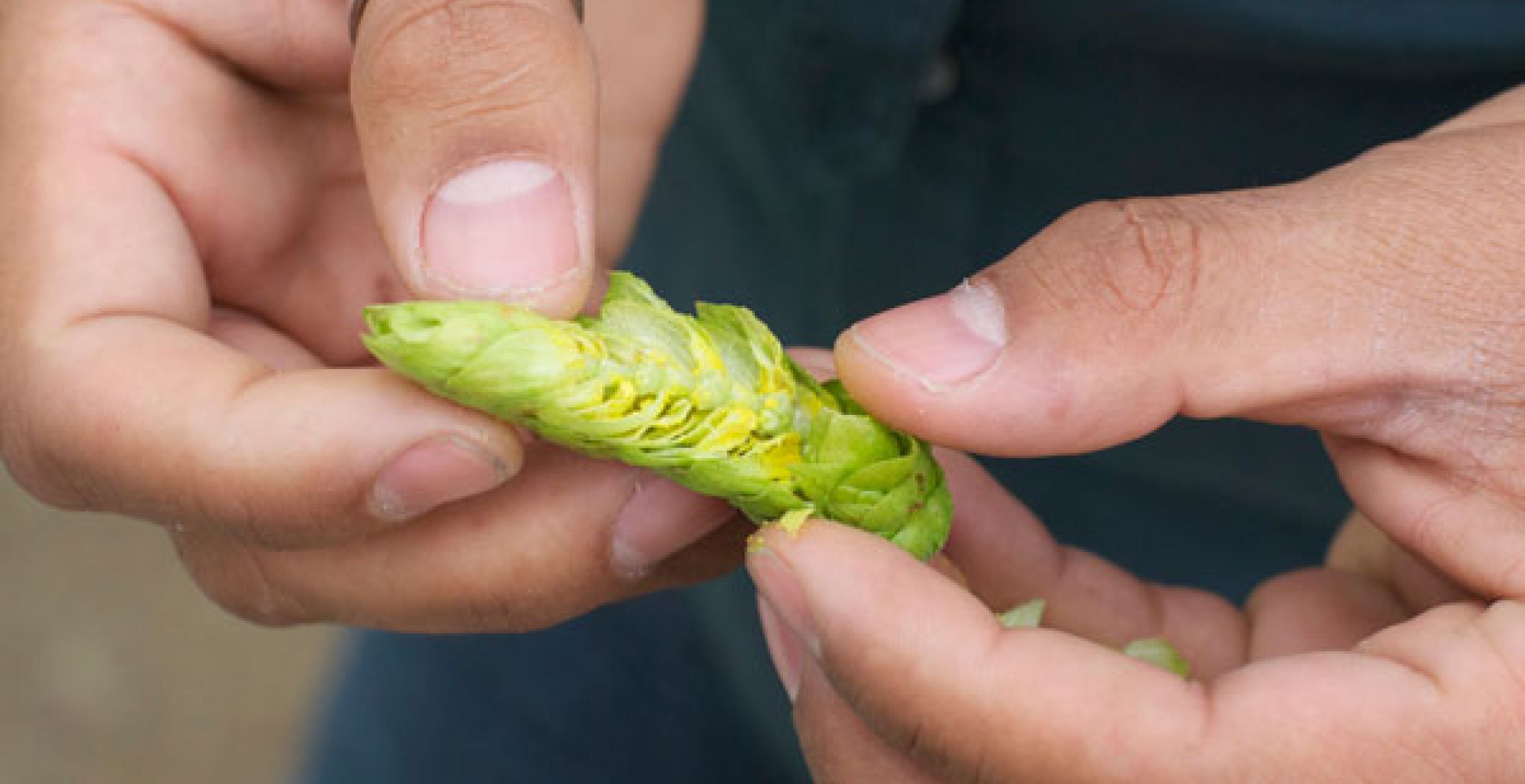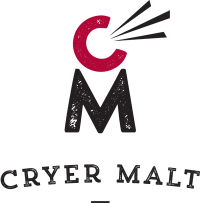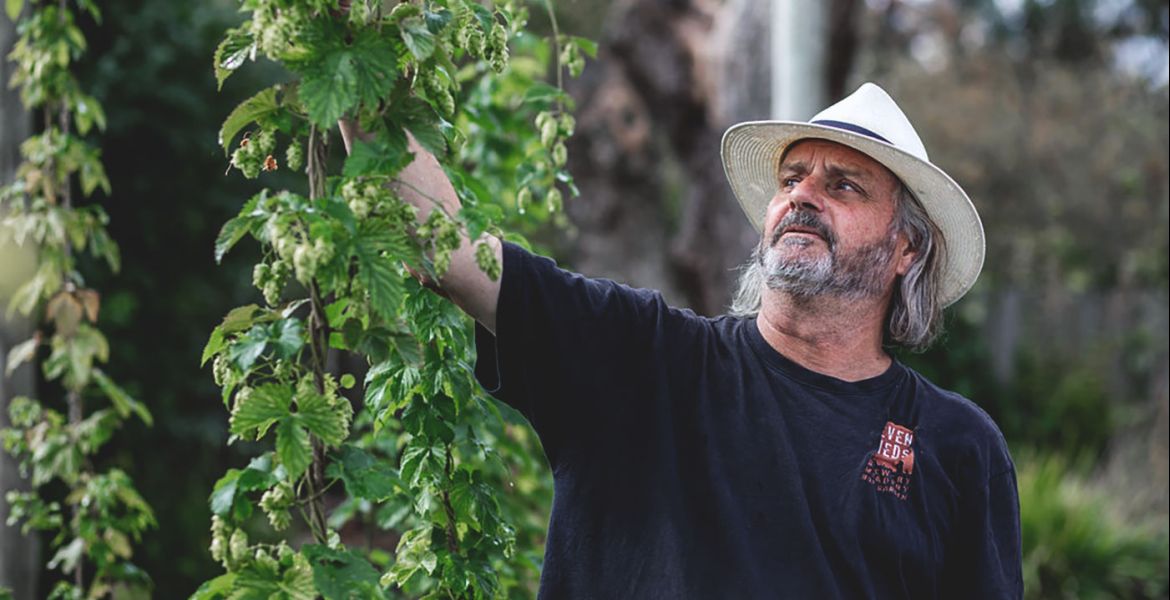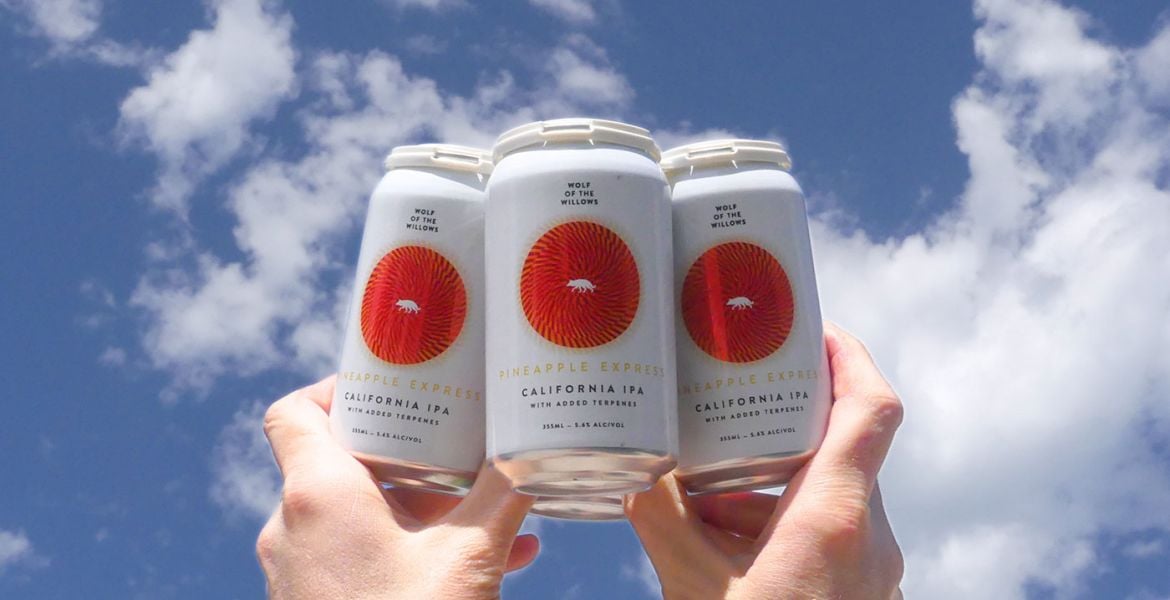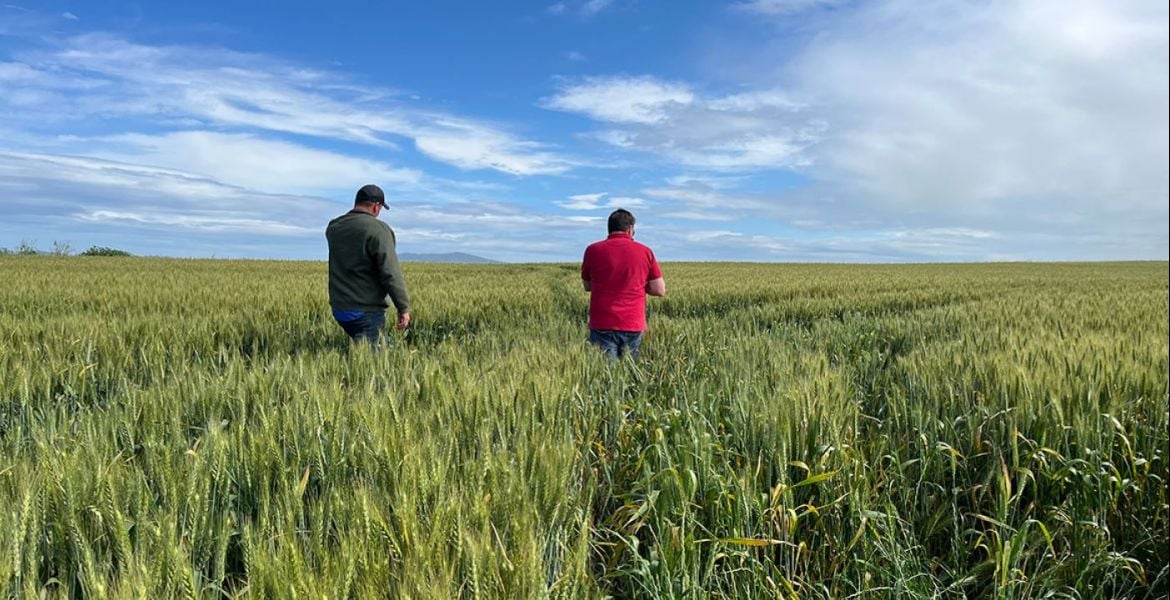In their increasingly challenging battle to meet the world’s insatiable desire, hop producers the world over are constantly looking to produce more hops. Not just more in terms of volume, but more in terms of new varieties, particularly those with appealing new aromas and flavours that they hope will capture the attention of the world’s brewers and beer drinkers. Recent successes in Australia include Galaxy, with much expected of the Victoria’s Secret hop that first appeared last year, making its way into the Our Dark Secret beer by Moylan’s, Nøgne Ø and Hargreaves Hill at last year’s Good Beer Week.
With more and more new varieties entering the market – and greater numbers of drinkers taking an interest in what’s in their beer – there have been a number of attempts to classify hops. The latest comes from Tassie-based Hop Products Australia, which has just released its Hop Flavour Spectrum. It’s a simple chart splitting hop characteristics into four main categories – fruit, spice, resin, floral – with their 12 key commercial varieties plotted where they believe they belong. The aim is to talk in simple terms about what character each will lend to a beer.
“When you look at hop literature around the world people talk about the characters in the raw hop,” says HPA hop breeder Simon Whittock. “There are very few varieties where the predominant discussion is around ‘Use this hop for this character in beer’. We wanted to shift away from describing raw hops to something that is more relevant.
“We've had a pretty intensive programme of breeding new varieties in the past few years. We didn't want to make outlandish claims about them but needed a way to describe them to develop them in the market. There's a hell of a lot of reading and new varieties out there, so it comes back to providing something that's more relevant.
“Germany has 18 different characteristics with subgroups. That's fine, and really detailed, but we wanted something that was more approachable; less descriptive but a rough guide of where to place things, not trying to describe every last note.
“It needed to be robust. We don't want to tell people how these should be used but we do want to give them a good guide to what comes out of our varieties. What these suggestions are is where we have seen them really work, but we want to make sure that [for] the brewers who are willing to try things we are not pigeonholing them.”
After several years of discussion, that led to the Spectrum. It only features their own varieties, rather than attempting to cram in the entire world of hops, and also omits what some might say are key descriptors, such as citrus.
In the case of the latter, Simon says they felt that citrus was a characteristic that belonged within “Fruit”, while on the subject of only including HPA’s commercially available varieties, he says: “It descends into chaos. We thought about a filter so you can choose what to have in there. But it's not for us to say [where others' hops should sit].
“We can't go and say Nelson Sauvin should be there; it's for the Kiwis to tell people where that hop should be. We had international reference hops in there at the start, but as we went through the process we went back to what we grow and produce.”
A few years ago, the Spectrum would have been a rather empty affair, with the likes of Galaxy, Ella (formerly Stella), Victoria’s Secret and Helga recent additions to the HPA family. Meanwhile, Topaz had formerly been grown and exported predominantly to be turned into hop extract for bittering macro beers until it was discovered that it had great aroma and flavour properties when added late in the brewing process.
Simon says Galaxy continues to grow in popularity, causing them to scratch heads over exactly how much of their Bushy Park farm they should dedicate to it, while Victoria’s Secret is off to a good start too, with some sent to Thornbridge in the UK already. The next addition to the family will be Enigma, a variety with “berry, almost white wine” characters that gave him the first real “Wow!” moment of his six years as the company’s hop breeder.
“We produced 10 to 12 new varieties a year and it was jaw-dropping with the Enigma,” he says. “I've been doing this since 2007 and never come across anything like it.”
As for the Spectrum, expect it to be tweaked as well as augmented as they receive feedback.
“We will shift things if we need to shift them,” says Simon. “If anyone wants to map their experience into it or feed their experience back to it then we are open to the idea.”
If you’d like to do so, or just want to see where HPA places its hops and find out more about them, you can view the interactive chart here or compare it with another attempt to plot dozens of global variants here, which in itself is interesting if for nothing more than to see how far the wheel has been pushed outwards from the subtle hops from which this all started.
Alternatively, having spent five minutes reading about hops, you could just go and crack an IPA.

